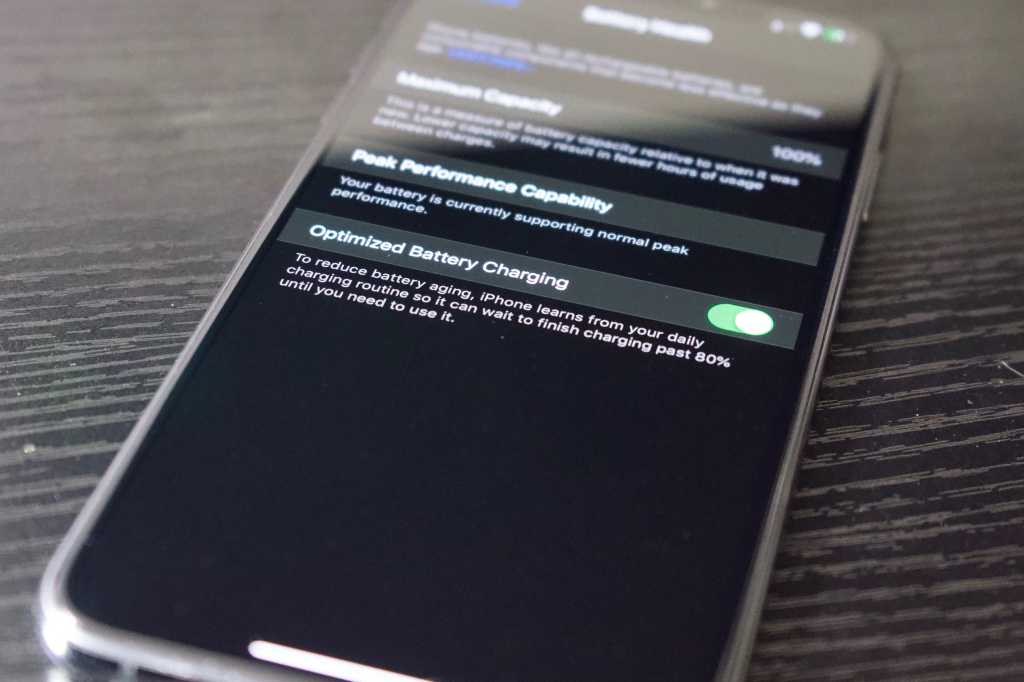I have a Nexus 7 tablet used on permanent charge. After several years, unsurprisingly, the battery has ballooned, bending and pushing out the display. There is great risk of fire, explosion, and toxins.
To solve this I am reading the battery level (0 - 99) and switching the charger on via bluetooth. For testing it is on below 70 and off above 72.
What do people think would be the best setting ? I was considering on below 40 and off above 60.
To solve this I am reading the battery level (0 - 99) and switching the charger on via bluetooth. For testing it is on below 70 and off above 72.
What do people think would be the best setting ? I was considering on below 40 and off above 60.

